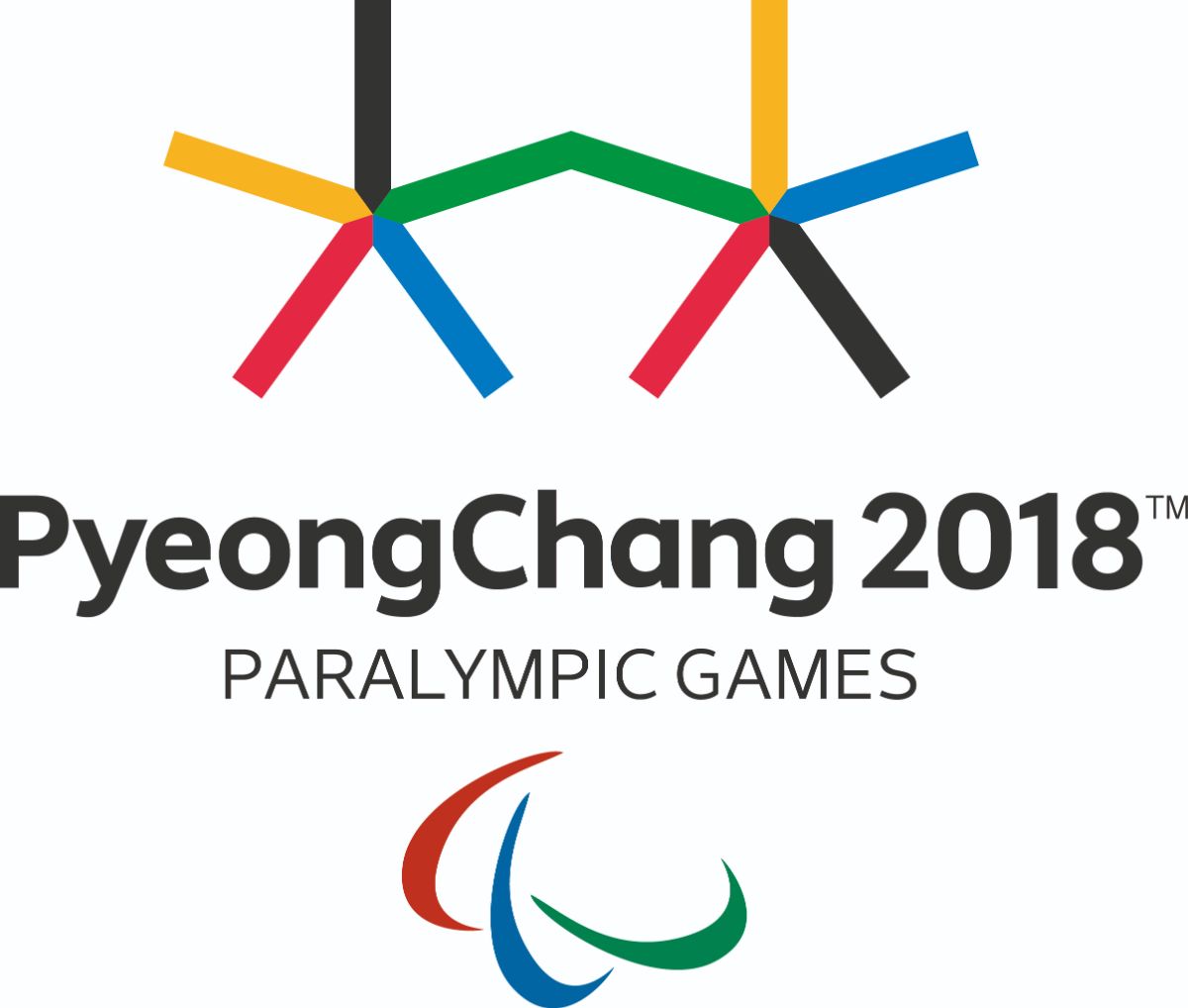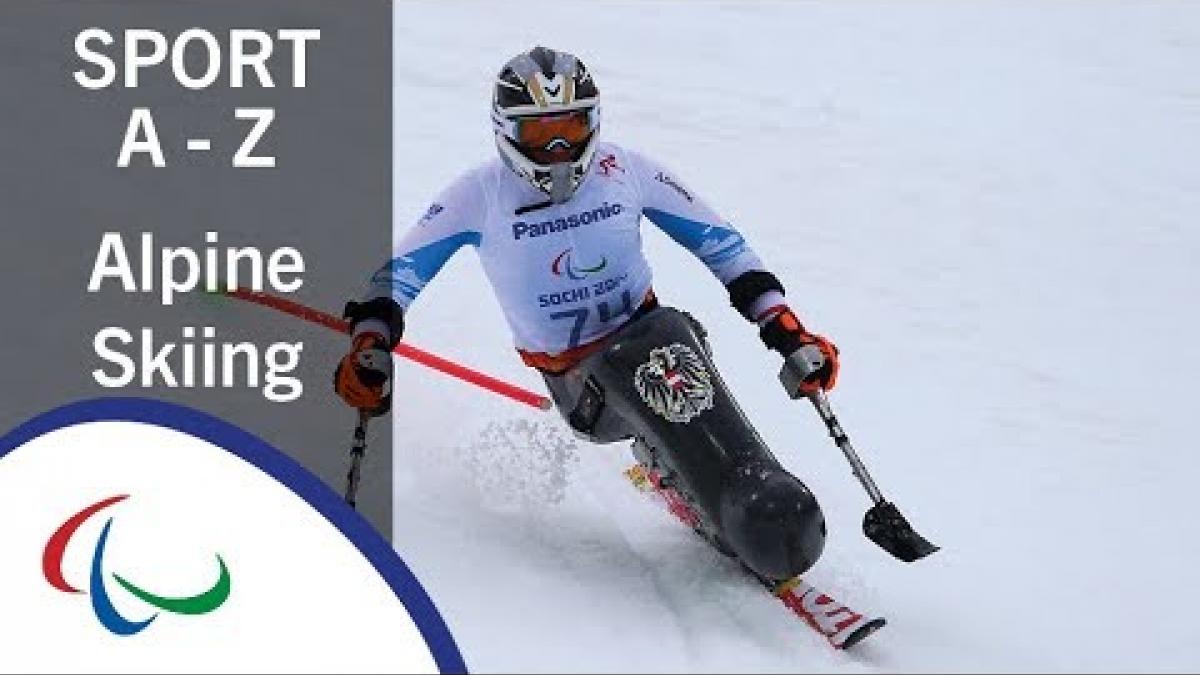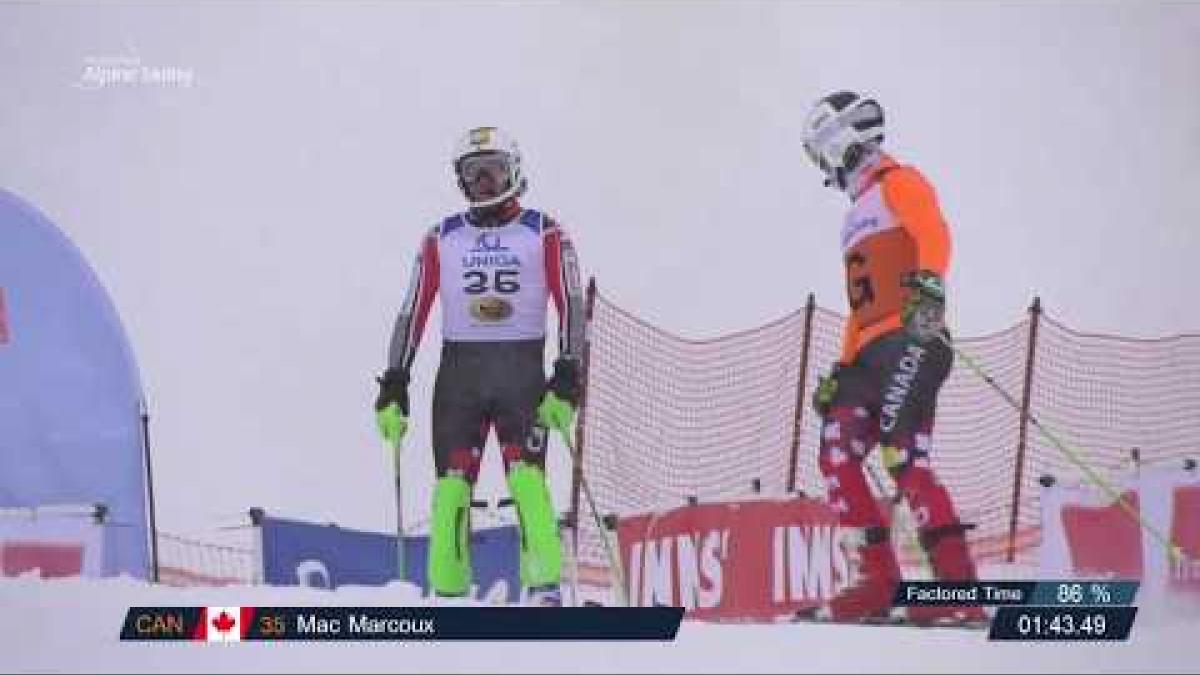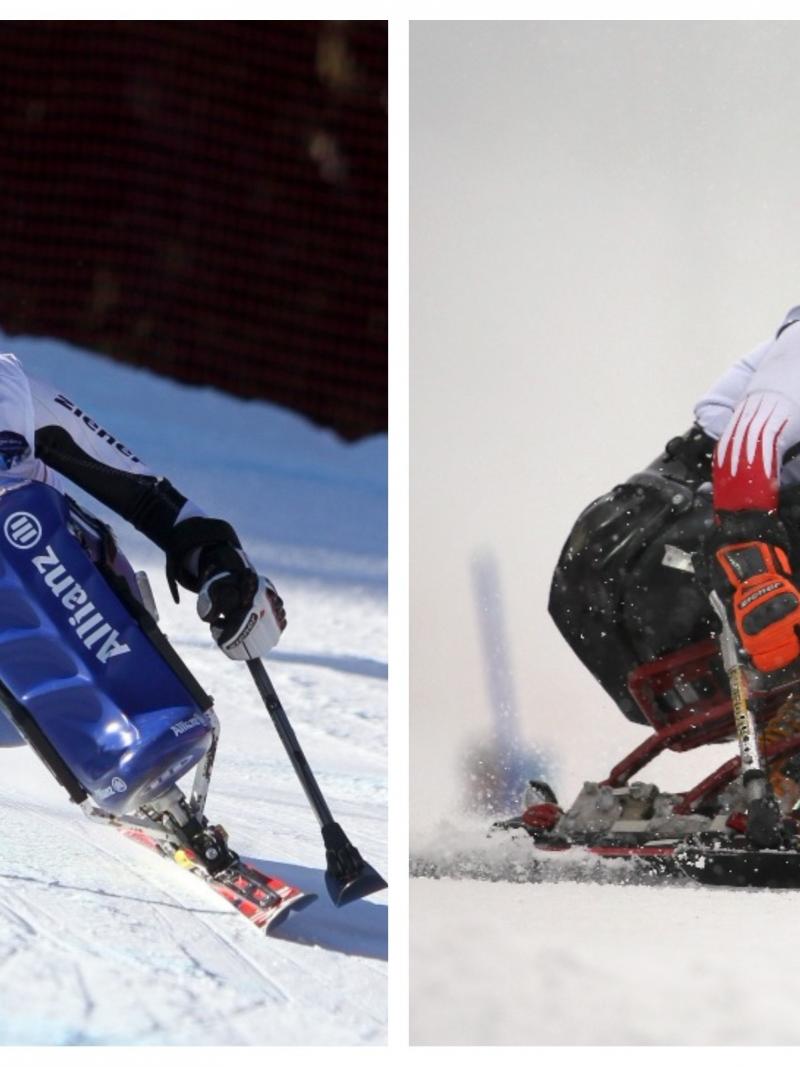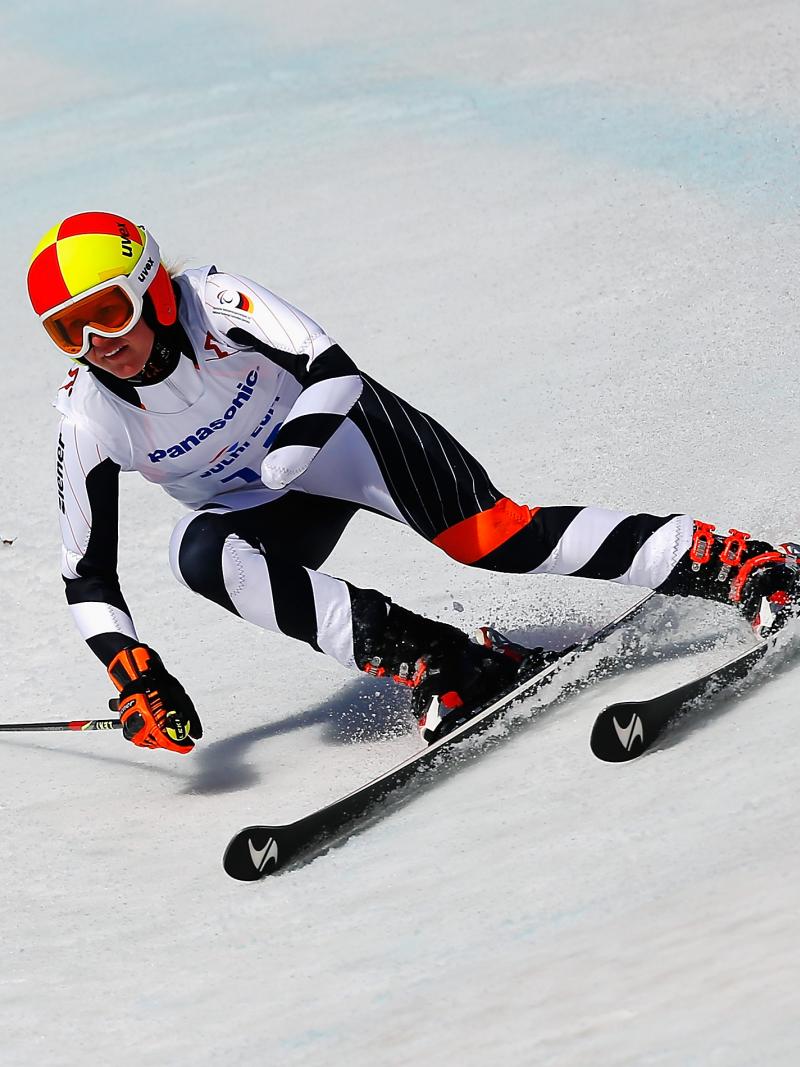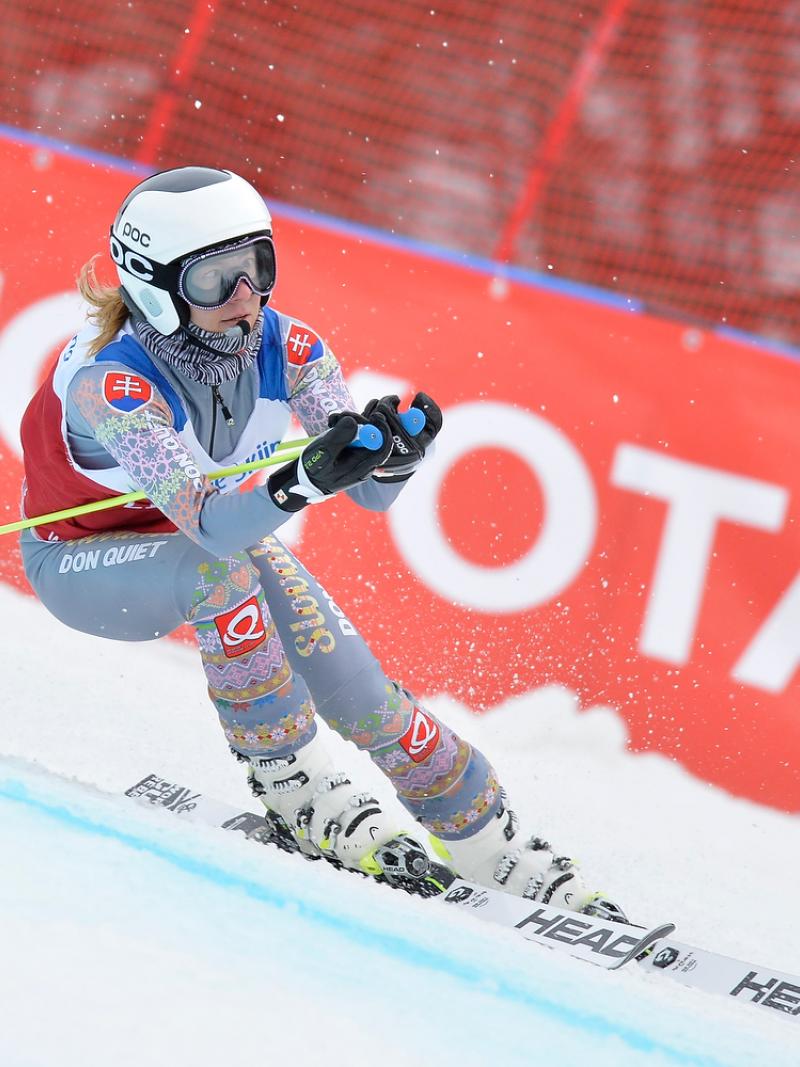PyeongChang 2018 Sport Week: Classification in alpine skiing
Skiers are separated into standing, sitting and vision impaired categories for competition 13 Jan 2018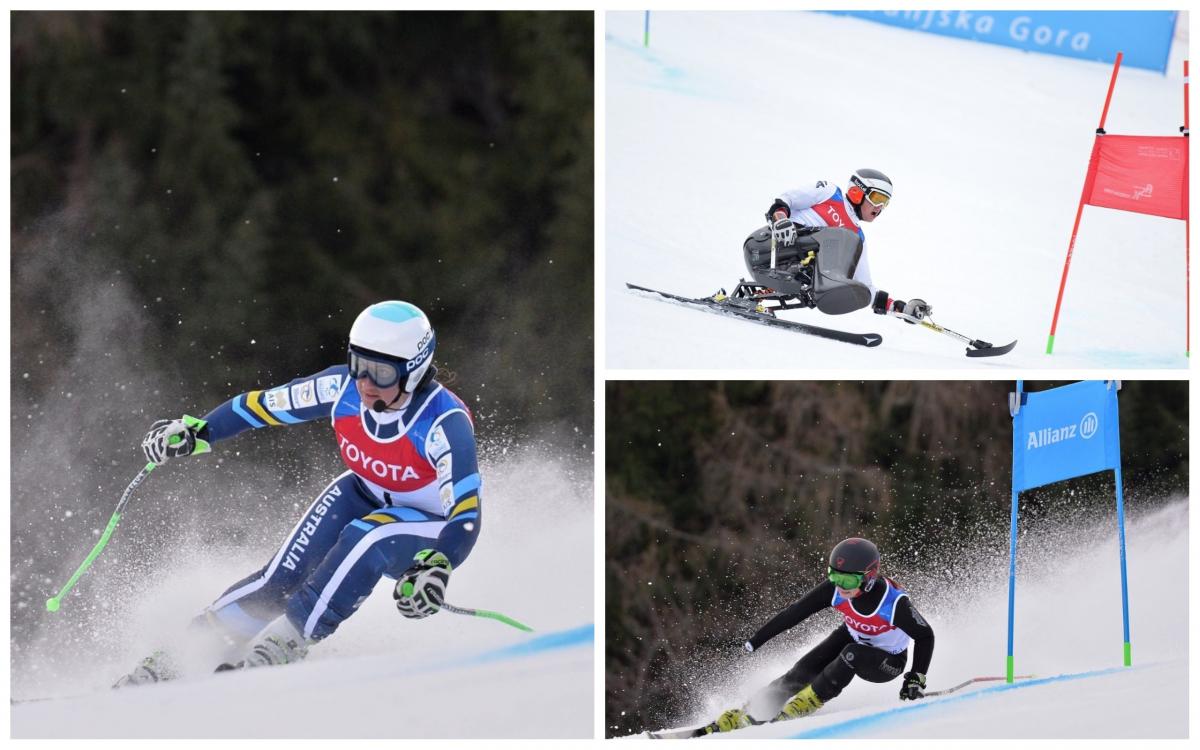
Classification in Para Alpine skiing determines which athletes are eligible to compete in the sport and how athletes are grouped together for competition. This, to a certain extent, is similar to grouping athletes by age, gender or weight.
In Para alpine skiing, athletes compete in three competition categories (standing, sitting or vision impaired) according to the athlete’s Sport Class.
Sport classes LW 1-9: Standing skiers
Skiers with leg impairments:
Sport Class LW 1: This sport class is allocated to athletes with an impairment that strongly affects both legs, for example an above knee amputation of both legs or significant muscle weakness in both legs.
Sport Class LW 2: Skiers have a significant impairment in one leg. Some skiers, for example, have an impaired leg from birth. You will see them ski with one ski only.
Sport Class LW 3: This sport class is for athletes who have a moderate impairment in both legs. They will ski with two skis and prosthesis. Some LW 3 skiers have mild coordination problems or muscle weakness in both legs, or a below knee amputation in both legs.
Sport Class LW 4: Similar to skiers in Sport Class LW 2, LW 4 skiers have an impairment in one leg only, but with less Activity Limitation. A typical example is a below knee amputation in one leg. They will use two skis during the race.
Skiers with arm impairments:
Sport Class LW 5/7: Athletes in this sport class ski with an impairment in both arms. Some athletes have amputations and others have limited muscle power or coordination problems. They will race down the slopes without ski poles.
Sport Class LW 6/8: Skiers have an impairment in one arm. Skiers will compete with one ski pole only.
Skiers with combined arm and leg impairments:
Sport Class LW 9: Skiers in this Sport Class have an impairment that affects arms and legs. Some skiers in this class have coordination problems, such as spasticity or some loss of control over one side of their body. Depending on their abilities, they will ski with one or two skis and one or two poles.
Sport Classes LW 10-12: Sit-skiers
All sit-skiers have an impairment affecting their legs. They are allocated different sport classes depending on their sitting balance, which is very important for acceleration and balancing during the races.
Sport Class LW 10: Skiers in this sport class have no or minimal trunk stability, for example due to spinal cord injuries or spina bifida. They therefore rely mainly on their arms to manoeuvre the sit-ski.
Sport Class LW 11: Skiers have good abilities in their upper trunk, but very limited control in their lower trunk and hips, as it would be the case for skiers with lower spinal cord injuries.
Sport Class LW 12: This sport class includes skiers with normal or only slightly decreased trunk function and leg impairments. Skiers with leg impairments in Sport Classes LW 1-4 often also fit this sport class, so that they can choose if they want to ski sitting or standing in the beginning of their career.
Sport Classes B1-3: Skiers with vision impairment
In Para alpine skiing, you will see athletes with vision impairment skiing with a guide. The guide skis in front of the athlete and verbally gives directions to the athlete.
Sport Class B1: Skiers in this sport class are either blind or have very low visual acuity. By way of explanation, their level of visual acuity is such that the athlete cannot recognize the letter “E” (15x15cm in size) from a distance of 25cm. During the race they are required to wear eyeshades.
Sport Class B2: This sport class profile includes athletes with a higher visual acuity than athletes competing in the B1 class, but they are unable to recognize the letter “E” from a distance of 4m. Moreover, athletes with a visual field of less than 10 degrees diameter are eligible for this sport class.
Sport Class B3: The B3 sport class profile describes the least severe visual impairment eligible for Alpine Skiing. Eligible athletes either have a restricted visual field of less than 40 degrees diameter or a low visual acuity.
The Paralympic Winter Games take place in PyeongChang, South Korea from 9-18 March. Tickets can be purchased here.





